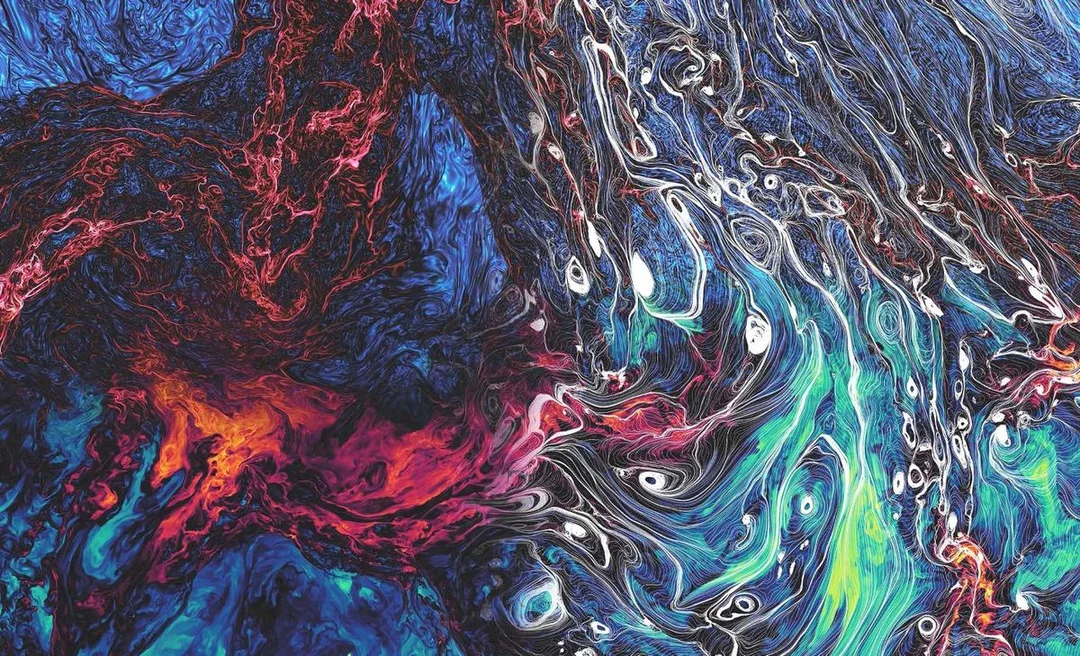
Milky Way’s Magnetic Turbulence Unveiled: A New Era in Understanding Star Formation
Space, often perceived as a serene void, is actually a dynamic arena of turbulence that influences everything from star formation to solar winds. Now, scientists are gaining unprecedented insight into these chaotic motions thanks to a groundbreaking new computer simulation led by the University of Toronto. This detailed model of magnetized turbulence within the Milky Way's interstellar medium (ISM) – the gas and particles between stars – is challenging existing astrophysical theories and opening doors to understanding the universe's fundamental processes.

The research, powered by Germany's SuperMUC-NG supercomputer, marks a significant leap. "This is the first time we can study these phenomena at this level of precision and at these different scales," said James Beattie, the study's lead researcher. The simulation allows scientists to explore how weak magnetic fields, millions of times less powerful than a fridge magnet, shape the behavior of turbulent gas and play a crucial role in galaxy formation. This study has been published in the journal Nature Astronomy.
The model's strength lies in its scalability. The largest version simulates a cube 30 light-years across, while smaller versions allow detailed study of phenomena like solar wind. This adaptability is critical for understanding the extreme density changes within the ISM, from near-empty areas to dense star-forming nebulae. According to Beattie, the model's ability to capture these density fluctuations is a significant advancement over previous simulations.
One of the most promising applications of this research is in understanding star formation. Magnetic pressure opposes gravity as gas clouds collapse into stars, and the simulation allows scientists to quantify the effects of magnetic turbulence at relevant scales. "We know that magnetic pressure opposes star formation by pushing outward against gravity as it tries to collapse a star-forming nebula," Beattie explained, emphasizing that researchers are now able to see what happens in detail around these scales.
Beyond the theoretical, the researchers are actively testing the model against real-world data. "We've already begun testing whether the model matches existing data from the solar wind and the Earth – and it’s looking very good," Beattie stated. This validation suggests the simulation can contribute to understanding space weather, which impacts satellites, astronauts, and terrestrial systems.
New tools like the Square Kilometre Array (SKA) are producing increasingly detailed observations of magnetic turbulence in space. This model provides a crucial framework for interpreting this data and unlocking deeper insights into the cosmos. As Beattie noted, this also means insights on how to interpret satellite and ground-based measurements. From chaotic plasma near Earth to motions in our galaxy, we are closer to discovering the true nature of astrophysical space turbulence.
Ultimately, Beattie sees a profound connection in turbulence itself. "I love doing turbulence research because of its universality," he said, comparing it to phenomena ranging from coffee swirls to Van Gogh's 'The Starry Night'. "There's something very romantic about how it appears at all these different levels and I think that's very exciting."
What cosmic secrets might this new understanding of magnetic turbulence reveal? Share your thoughts and predictions in the comments below!